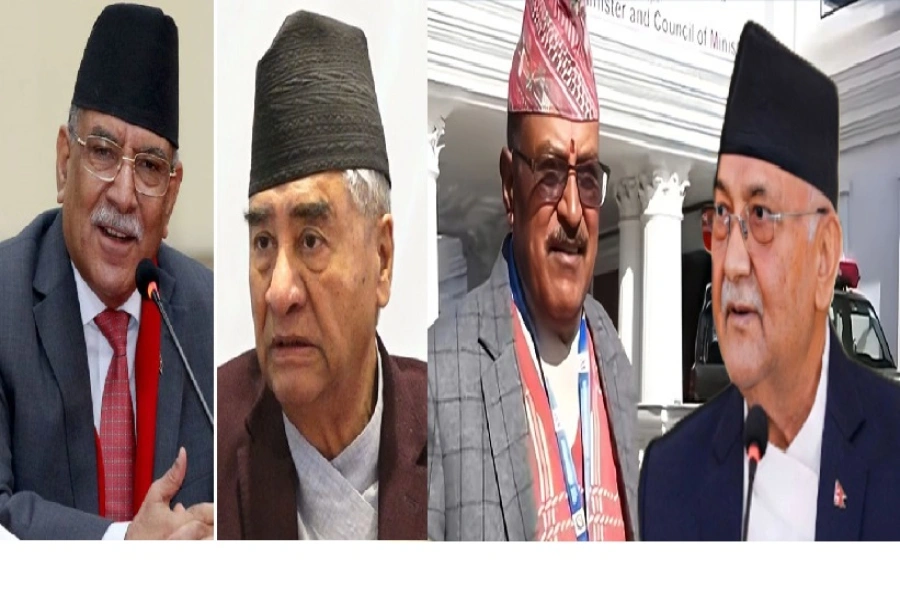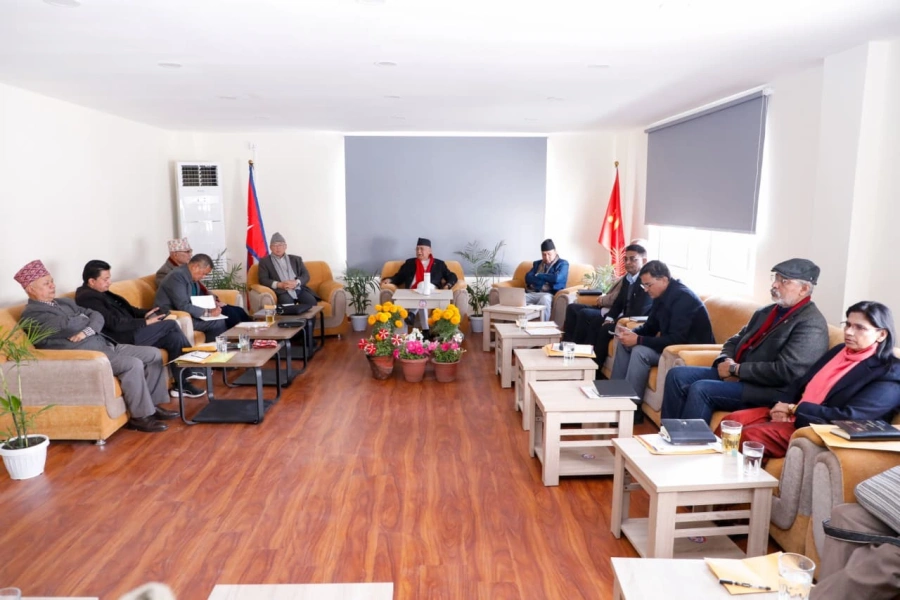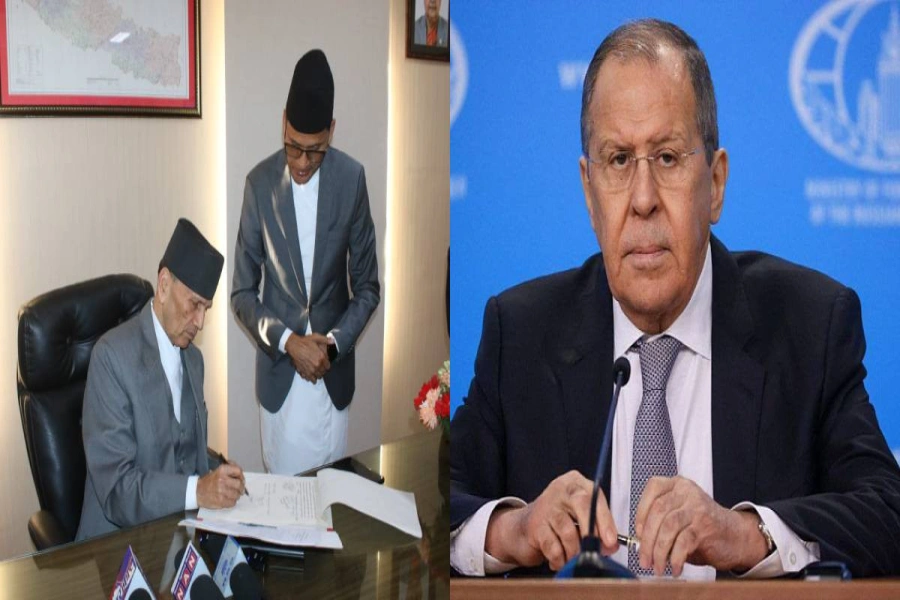Let’s join hands to turn this challenge in the form of massive floods in Tarai into an opportunity to unite the whole country.
More than two years after the deadly earthquake of April 25, 2015 in which over 9,000 people died, Nepal is now facing calamitous floods. Every part of the country, and particularly areas in the Tarai-Madhes south of the Chure range, have been greatly affected by incessant rains for past few days. People in the region say they had never seen a havoc of such magnitude. Almost all major rivers in the Tarai, including the Sapta Koshi, the Gandaki and the Rapti are flooded as water is flowing above the danger mark.
Because of the floods in rivers and water-logging, different villages and municipalities are inundated. A humanitarian crisis has ensued as food and even drinking water is not easily available to women, children and other affected people. Prices of food and safe drinking water have rocketed and are now largely unaffordable.
Bridges and roads at several locations along Mugling-Narayanghat road and the East-West Highway, which are the lifeline of the country, have collapsed. Because the bridge over Rato River has come down due to the floods, highway transport from Kathmandu to eastern Nepal has completely stopped. Even the Koshi Barrage that joins eastern Nepal with the western part is said to be in danger. In 2008, many people in the Tarai died when Koshi embankment collapsed and the situation in the Indian state of Bihar was really bad.
This time, several airports in important municipalities like Janakpur and Biratnagar are submerged. As such, air connectivity between main towns of Tarai and Kathmandu is lost. Telephone and mobile services are also disrupted and electricity supply has stopped as transmission lines have fallen in many places. People in most flood-affected areas are thus compelled to live in the dark.
Similarly, transport services have come to a halt due to flood water. Many of those who had been travelling by bus are stuck as the roads have been badly damaged. Even foreign tourists, especially in Sauraha, an important tourism hub, are stranded as most hotels there are inundated.
Possibilities In Adversity: Capital’s First Aviation Museum

As per media reports, 80 people have already died due to floods, though actual casualties could be even higher. Many people are missing. Thousands have become homeless. Animals have been swept away and agricultural crops damaged. Schools and colleges, apart from hospitals, industries and other commercial activities, are paralysed. Economic loss caused by the floods is worth billions of rupees.
Prime Minister Sher Bahadur Deuba in his address to the nation has claimed that he ordered all concerned government agencies to provide necessary help to flood victims. But affected population has not yet received any meaningful relief. It is also not known what the political parties, NGOs and INGOs are doing.
During the earthquake, Indian aircraft had come to Kathmandu with relief material within six hours of the quake. But at a time people just across its border in Tarai are badly affected by floods, there is seemingly no help from the other side. In 2015 Baba Ramdev and even Rashtriya Swamsevak Sangh had done commendable service in earthquake affected regions in the hills and mountain regions. But where are they now?
In India, when Kashmir was inundated by floods in 2014, the government and its army had gone out of the way to save the life of affected population. Where is that spirit and zeal in Nepal now? Where are those helicopters which could have rescued affected population? Where is the emotional outburst for the flood victims who fear imminent death?
But this is not a time for blame game. As of today, humans cannot control natural disasters. What they can do is minimize suffering. In this respect, can’t Nepal declare an emergency in the Tarai and mobilize its security agencies, including the army and police, to provide rescue and relief services to affected population? Can’t the RJPN, Nepali Congress, CPN-UML, CPN-MC and other political parties immediately dispatch their cadres to do the needful in the Tarai?
Significantly, after the earthquakes, the Madhesi people, apart from the Madhesi diaspora, had done all they could to provide relief materials to their brethren in the hills and mountain regions. Where is that spirit on the part of our brethren in the hills and mountain regions when it comes to helping the Madhesi people in distress?
In this hour of need, we should all do whatever we can for the flood victims. But there is greater responsibility on the state as it has the resources for rescue and relief in affected areas. Also, in this hour of need, people living in different regions could show solidarity with the Madhesi people by extending whatever support they can. Let us join hands to turn this challenge into an opportunity to unite the country.
The author is Executive Director of Centre for Economic and Technical Studies in Nepal




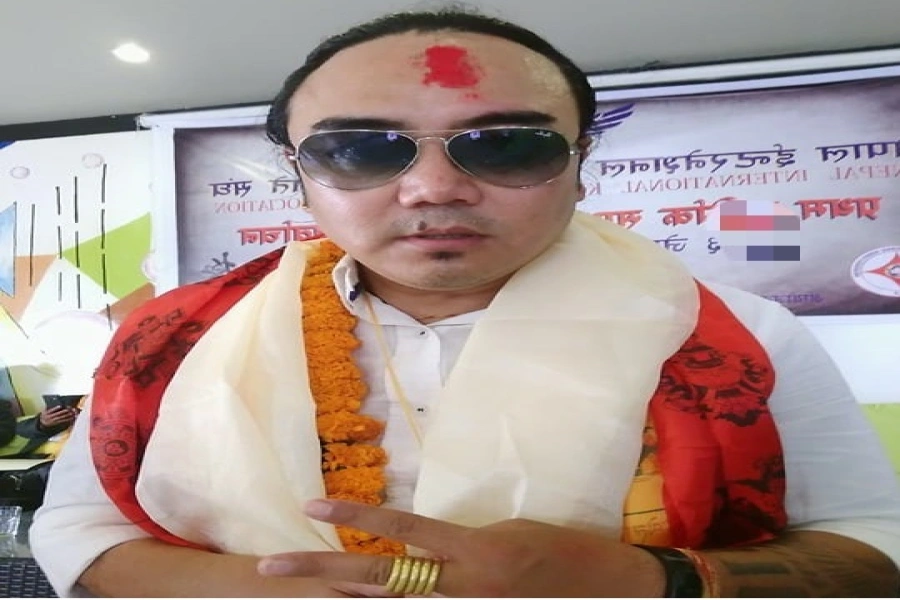
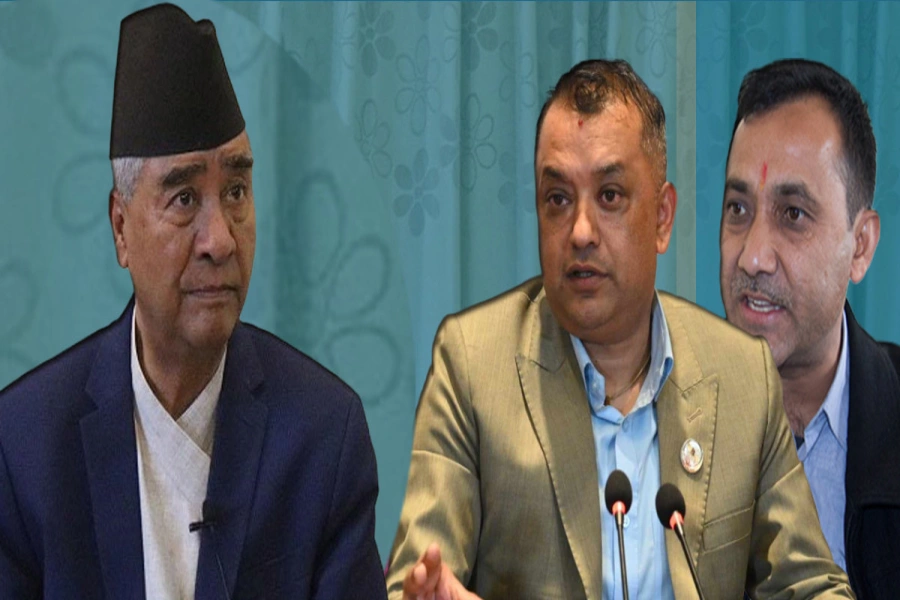



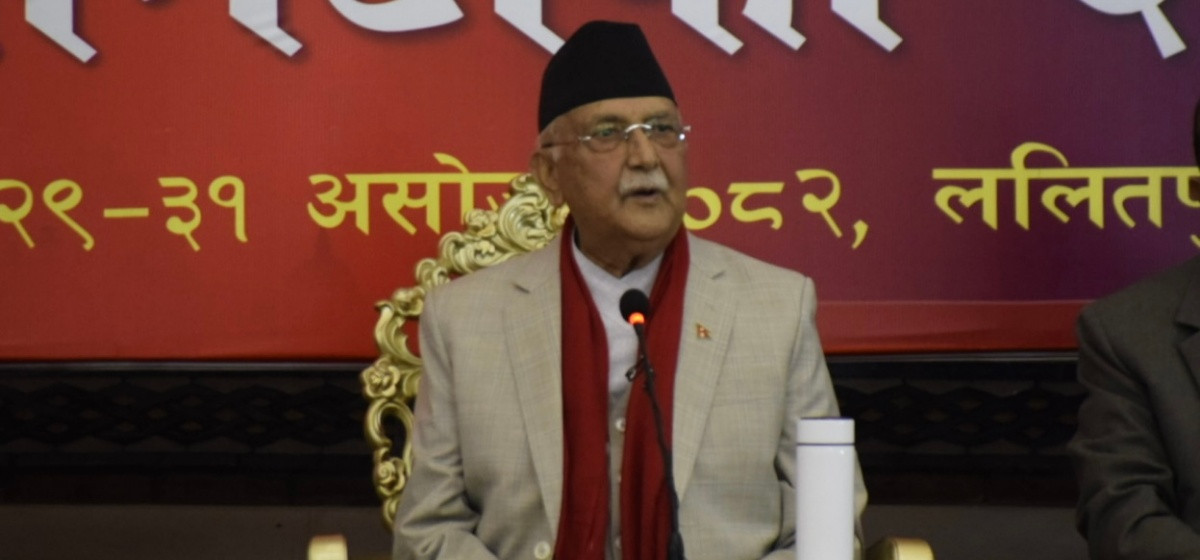



_20240308123244.jpg)


